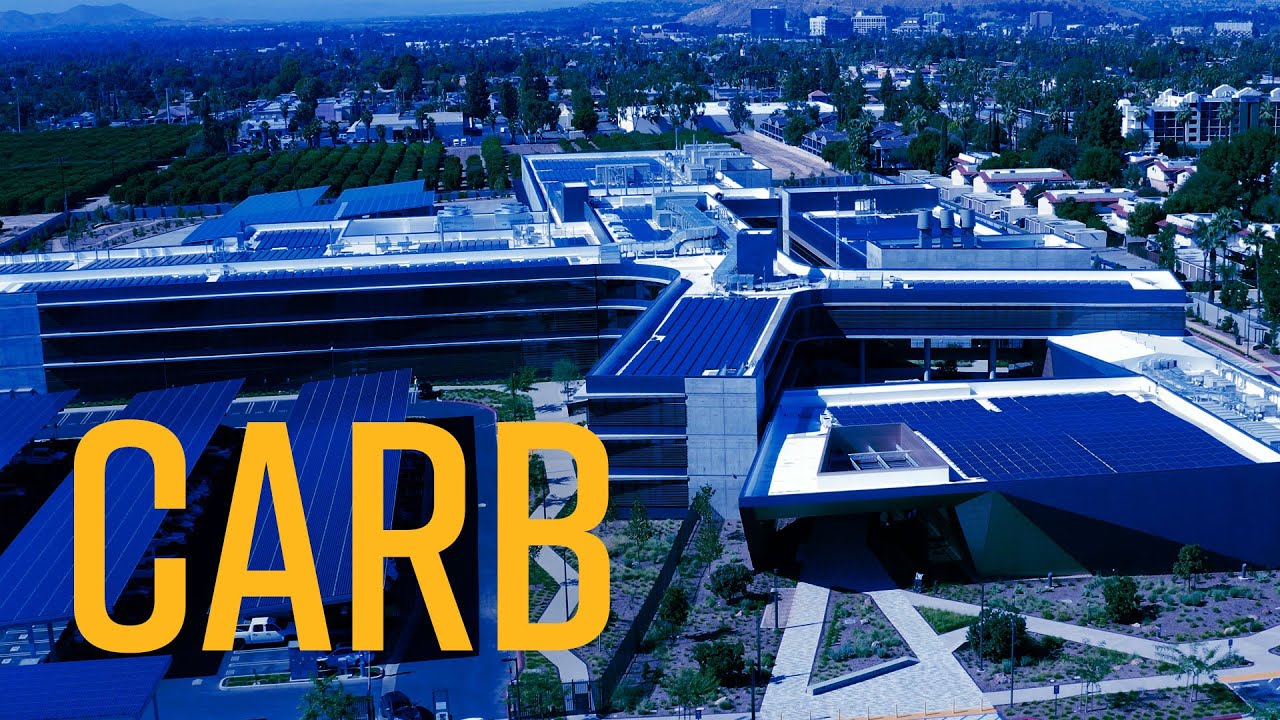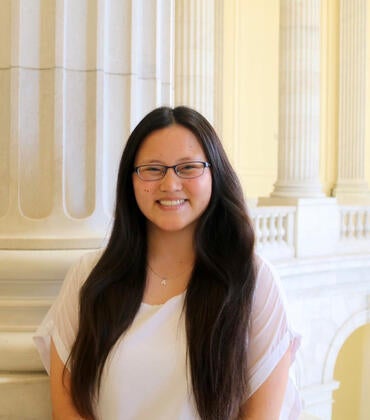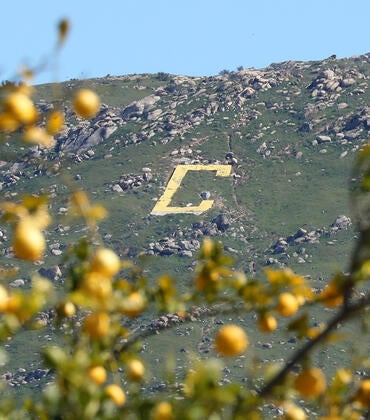The California Air Resources Board dedicated its new state-of-the-art Southern California headquarters Thursday, Nov. 18, on a 19-acre site near the UC Riverside campus.
The 402,000-square-foot laboratory and office facility, located on land provided by UCR, is one of the largest and most advanced vehicle emissions testing and research facilities in the world, agency officials said.
The facility will play a pivotal role in transitioning California to zero-emission technologies and will be the springboard for future innovations, said Liane Randolph, chair of the California Air Resources Board, or CARB.
“Today is a day of celebration,” she said. “It is day we look to the future and celebrate this campus, which is a place of science, education, and art, all in the service of the environment.”
The campus is named for Mary D. Nichols, a former CARB chair whose career spans four decades. Randolph described her as a “giant in CARB history.”
Nichols, who attended the dedication, said agency officials had long wanted to expand from CARB’s El Monte facility to meet growing needs and advanced technology but never dreamed of a facility like the Riverside campus.
“It’s an amazing example of what happens when people come together around a good cause,” she said, joking that she would be a frequent visitor to polish the brass name plate on the building.
In a symbolic representation of CARB’s goal to move California away from fossil fuels, the dedication featured a gas hose-cutting instead of a ribbon-cutting and the ceremony was in a courtyard with a large sculpture of a fossilized gas station.
UCR Chancellor Kim A. Wilcox noted that CARB’s mission is protecting air through developing advancements and policies.
“This is a precious moment, but it’s a beginning of many moments to come as we work together to make this the center for air quality research in the world,” Wilcox said.
CARB plans to continue and expand its partnerships with the Riverside educational community including UCR, which is home to the Center for Environmental Research and Technology, or CE-CERT, where researchers and students study renewable energy, transportation systems, and pollution.
“We are honored to have CARB here in Riverside, and we are looking forward to collaborating with CARB in a number of research, education, and development opportunities related to climate change and air quality for many years to come,” said Matt Barth, CE-CERT director.
The new facility includes 10 cells for light-, medium- and heavy-duty testing in one space and is designed to accommodate future generations of vehicles. Researchers will be able to test everything from leaf blowers to passenger cars to the largest heavy-duty trucks and buses.
A separate advanced chemistry laboratory allows for precise analysis of vehicle exhaust emissions, evaporative emissions, and transportation fuel samples. It includes lab spaces for particulate matter, organic chemistry, nanoparticles, and other research.
The headquarters is designed to be carbon neutral, featuring solar panels supplying at least 3.5 megawatts of electricity and parking with 120 charging stations for electric vehicles. The building has been designated as LEED Platinum, the highest level of energy efficiency.
Jared Blumenfeld, California secretary for environmental protection, said California has led the world in regulating air quality and combating climate change and must continue to do so with the research that will take place at the Riverside campus.
“This is actually a building of resistance,” Blumenfeld said. “This is about standing up and saying we care. We’re going to fund the things that show empirically how pollution enters the world and we’re going to hold polluters accountable.”
The ceremony included state legislative, county, and community leaders who recalled the days of heavy smog in Southern California in the 1970s and the pivotal role CARB played in reducing pollution.
Riverside Mayor Patricia Lock Dawson said the new facility will continue those efforts and help drive clean-technology companies to locate in the area.
“Let me just give you the weather forecast for today and the days to come,” she said. “There are blue skies ahead.”




